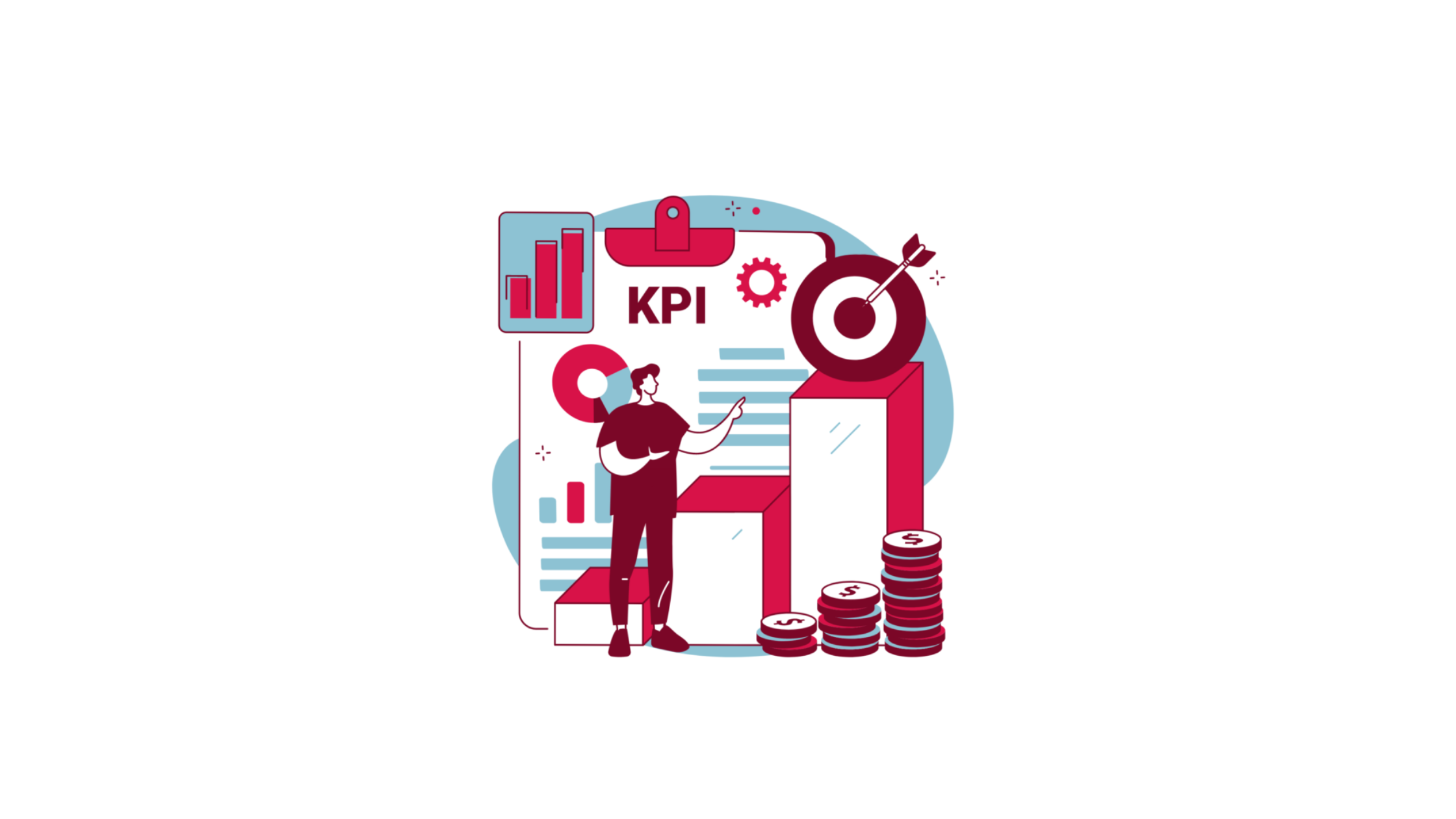If you missed our first post about what Key Performance Indicators (KPIs) are, click here.
If you’re like most business owners, you’re always looking for ways to increase sales and grow your business. But how do you know if you’re making progress? One way to track your progress is to monitor key performance indicators (KPI). Tracking your sales KPIs closely will make a massive difference in your company, and you’ll be able to identify and correct any problems before they cause too much damage.
Here are 10 of the most important sales KPIs to track across your business.
1. Revenue
This is the most apparent KPI to track, and it’s also the most important. Revenue tells you how much money your business is making. It’s crucial to track income monthly, quarterly, and yearly to see if you’re trending upwards or downwards.
Tracking your company’s revenue is essential for understanding the health and success of its finances. It helps you measure how much money has come in, but it can also help shape future goals to make sure that everything falls into place with growth!
2. Monthly Recurring Revenue (MRR)
MRR is a more accurate measure of your company’s financial health than revenue alone. MRR considers that some customers may only buy from you once, while others may buy from you every month. This gives you a more accurate representation of how much money you’re making from your customer base. MRR is a revolutionary way to budget for your future cash flow needs, making it an important KPI to track. The old-fashioned time-based model cannot predict what you will make in any given month, making it difficult to create long-term plans with predictability and accuracy.
MRR provides reliable recurring revenue that allows businesses like yours to get on top of their financial game by forecasting upcoming revenue streams before they happen.
3. Sales Leads
Sales leads are potential customers you’ve identified as interested in your product. It would be best if you tracked how many sales leads you’re generating and how many of those leads turn into actual customers. These KPIs will help you determine whether your marketing efforts are practical or not.
Improving the integration between sales and marketing teams is vital for enhancing operational problems. When sales and marketing work together, potential customers have a better chance of being convinced.
4. Sales Conversion Rate
The sales conversion rate is the percentage of leads that turn into actual customers. This KPI tells you how effective your sales process is and whether you need to make improvements. This is a critical metric to track because it helps determine how effective your sales process is. If your conversion rate is low, you need to work on improving your sales pitch or closing techniques.
5. Sales Cycle
The sales cycle is the time it takes for a customer to go from being interested in your product to becoming a paying customer. This KPI is important to track because it helps you understand how long it takes for a customer to make a purchase. It can also help you determine whether you’re losing potential customers because they’re not interested in your product or just taking their time to make a decision.
6. Gross Margin
Gross margin is the percentage of revenue left after you subtract the cost of goods sold from the total revenue. This KPI is important to track because it helps you understand how profitable your products are. A high gross margin means that you’re making a lot of money on each sale, while a low margin means that you’re not making as much profit per sale.
7. Client Aquisition Rate
The client acquisition rate is the number of new clients you acquire in a given period. This KPI is essential to track since it demonstrates how practical your marketing activities are. If you’re not earning any new clients, you need to reevaluate your marketing strategy.
8. Average Sale Price
The average sale price is the average amount you sell your products for. This KPI is important to track because it helps you understand how much money you’re making on each sale. A high average sale price means that you’re making a lot of money on each sale, ideally what you’d want to see. This, of course, boils down to what the industry standard is and whether or not it’s sustainable and affordable.
9. Sales Volume
The sales volume is the total revenue you generate in a given period. Your sales volume is the product of your average order value and the number of orders you receive. This KPI is important to track because it tells you how much money you’re making from your products. A high sales volume means that you’re making a lot of money, while a low volume means that you’re not making as much money from your products, and it may be time to reevaluate something.
10. Customer Lifetime Value
Customer lifetime value is the total amount of money that a customer spends with your company. This KPI is important to track because it tells you how valuable each customer is. A high customer lifetime value means that you’re making a lot of money from each customer, while a low customer lifetime value means that you’re not making as much money from each customer.
It’s important to track sales KPIs to stay on top of your business finances. This will help you understand where you stand concerning an industry-standard or make sense of your return on investment. Are you tracking these key performance indicators? If not, we suggest adding them to your list. And if you are already following them, congratulations! Keep up the excellent work.
Reach out to us with any questions. We’d love to hear from you!
Next time, we’ll look at some marketing KPIs to tracking.



